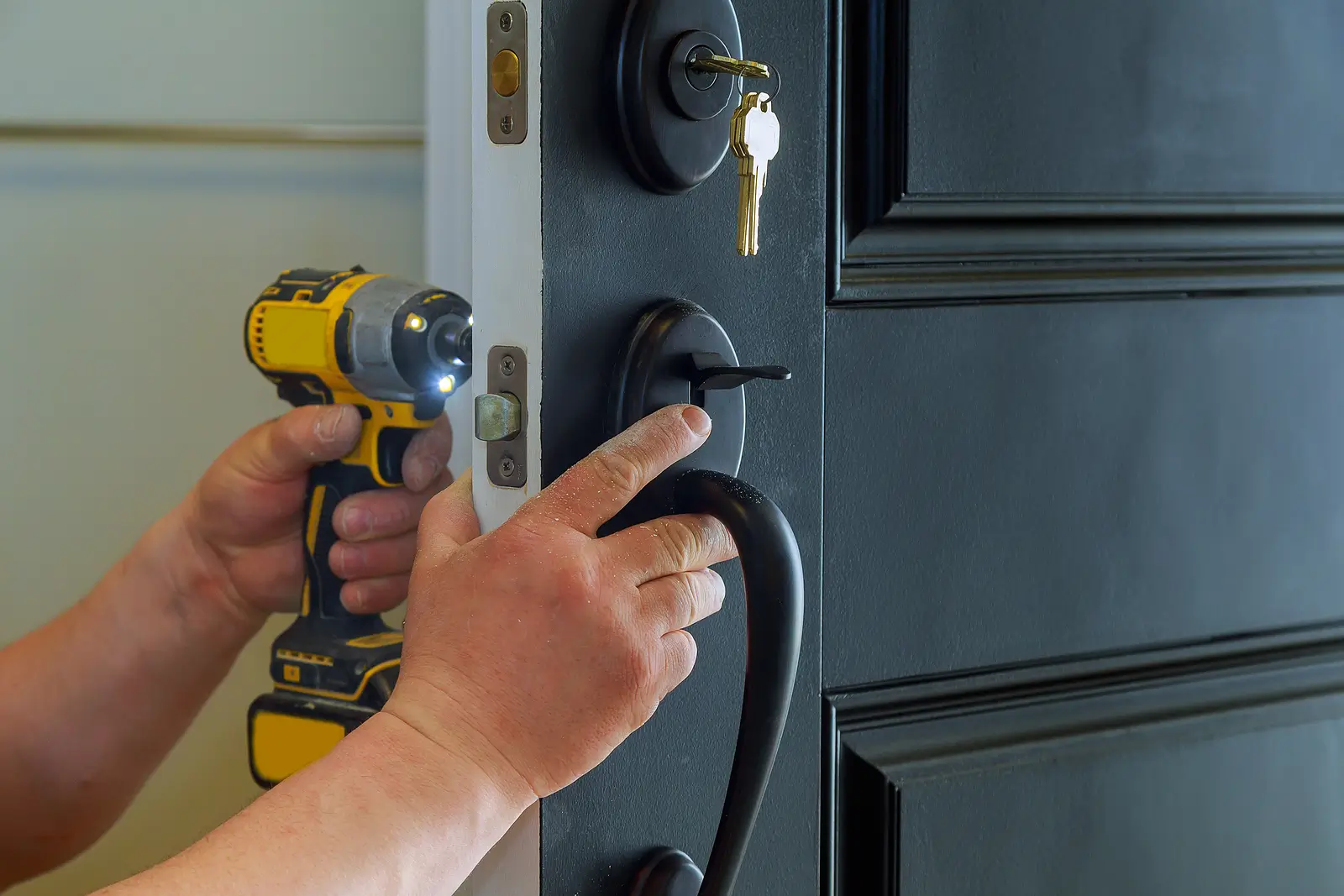When you own rental property in Phoenix, one of your top priorities should always be security. A safe home isn’t just peace of mind for your tenants; it also protects your investment.
From physical safety measures to smart technology upgrades, knowing where to focus can help you strike the right balance between cost and effectiveness.
Why Rental Property Security Matters
Security plays a massive role in tenant satisfaction and retention. If renters feel unsafe, they’re far less likely to renew their lease, and vacancy periods can quickly cut into your profits. On the other hand, a property with solid safety features often attracts higher-quality tenants who value peace of mind. Strong security is also a safeguard against property damage, liability issues, and break-ins that can cost you much more than preventive upgrades.
Essential Steps Every Landlord Should Take
The basics still matter. Before diving into high-tech solutions, ensure your property checks these fundamental boxes:
- Secure entry points: All doors should have sturdy locks, and windows need to be functional with proper latches.
- Outdoor lighting: Well-lit walkways, parking areas, and entryways are a simple but effective deterrent against intruders.
- Neighborhood awareness: Encourage tenants to report suspicious activity and consider connecting with local neighborhood watch groups.
These low-cost improvements build the foundation for safety without requiring a significant investment.
The Role of Smart Technology
Modern tenants often look for convenience as much as security. Adding smart tech can give your rental a competitive edge. Consider:
- Smart locks that allow keyless entry and remote access.
- Video doorbells enable tenants to monitor visitors from their phones.
- Security cameras are installed in shared areas, such as parking lots and building entrances.
While these upgrades cost more upfront, they often increase rental value and attract tenants willing to pay for enhanced safety.
The Balancing Act: Cost vs. Value
Investing in property security indeed comes with expenses. However, the cost of inaction can be far greater, including lost rent from vacancies, repair bills from vandalism, or even lawsuits if tenants argue their safety was neglected. The key is finding upgrades that fit both your budget and your tenant base. In Phoenix, where competition in the rental market can be fierce, even minor improvements may set your property apart.
Partnering for Peace of Mind
Property security is an ongoing responsibility, not a one-time fix. Regular inspections, tenant education, and updated technology all play a role. If handling these details feels overwhelming, working with a professional management team can make things easier.
LHM Realty helps landlords protect their investments while giving tenants a safe place to call home. To learn more about how we can support you, visit our Services page or reach out through our Contact Us page.
FAQs: Phoenix Rental Property Security
Q: Do I need to provide security systems for my tenants?
A: It’s not legally required, but adding even basic systems like deadbolts or outdoor lighting increases safety and tenant satisfaction.
Q: Can I raise rent if I add security features?
A: Yes, enhanced safety often justifies higher rent since tenants are willing to pay more for peace of mind.
Q: Who is responsible for replacing locks when tenants move out?
A: Landlords are typically responsible, and it’s an innovative practice to rekey locks between tenants to ensure safety.
Q: Are security cameras allowed in rental properties?
A: Yes, but only in common areas like hallways or parking lots, never inside the unit where privacy is expected.
Q: How can property managers help with security?
A: A professional management team can coordinate upgrades, handle tenant concerns, and keep your property safe with routine checks.


